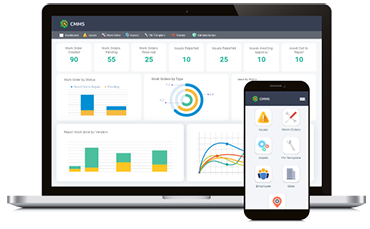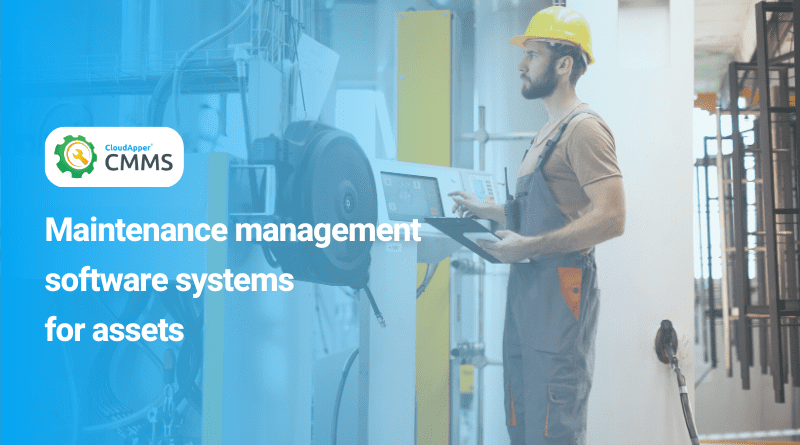All manufacturing businesses rely on production output. The better the rate of production the higher the profit margin. However, running machines and equipment continuously put a strain on the machines and they become more likely to break down unexpectedly. That is where the problem lies – unanticipated breakdowns and unscheduled maintenance.
Machines need to be running smoothly to ensure the manufacturing process is efficient and outcomes are optimal. To keep machines running in optimum conditions, proactive maintenance is essential, which is a key to reduce downtime in the manufacturing process.
While downtime is most commonly associated with equipment failures, it also encompasses any unexpected events that result in the production process stopping. This can be detrimental for any manufacturing business because generally, each department is reliant on the other, waiting for goods to be delivered to finish the production process.
A well-designed preventative maintenance plan can be absolutely critical to reduce downtime in the manufacturing process. With proper maintenance, companies can save thousands to millions of dollars. That is why it is essential to reduce downtime in the right ways. Here are some ways you can reduce downtime in manufacturing:
-
Conduct Regular or Periodic Risk Audits
A risk audit is critical in manufacturing businesses if they intend to reduce downtime. Manufacturing companies can experience substantial losses due to unplanned downtime. Therefore, performing risk audits, whether regularly or periodically, is a good idea. A risk audit can help identify which equipment needs service, is outdated, or needs replacing.
For some old machines and equipment, you can no longer find spare parts as manufacturers do not produce them anymore. These old machines can be replaced with new ones as part of an investment. What’s more, risk audits will help you find problems before they actually happen, which can ultimately reduce downtime in the manufacturing process.
-
Practice Predictive Maintenace by Installing Equipment Damage Detection Tool
Damage detection tools like low-cost sensors can help detect, prevent, and reduce downtime on the factory floor. Few common characteristics of damaged or faulty equipment are abnormal vibration, overheating, unusual lighting, or engine noise.
If these characteristics are already present, it means that your equipment is already faulty or about to break down. But worry not because sophisticated sensors can detect these characteristics and send data back to the central point to alert production managers. Operators then can change the conditions to avoid equipment failure and downtime.
-
Harness Your Data and Reporting Systems
There’s no doubt that a computerized maintenance management system (CMMS) will impact the level of insights and control you have over the production process. Many companies still use manual methods of data collection, which are inefficient and clumsy and do not provide any actionable information.
With CloudApper CMMS, production managers can record information like past inspections, service dates, and determine the appropriate time a piece of equipment may need to be replaced, refurbished, or repaired. The information can be accessed from anywhere, anytime, even from mobile devices.
-
Train your employees
Studies show that human error is the second most common cause of downtime. Operators and any workers on the factory floor must receive training on how to properly operate a machine, and detect anomalies that may result in equipment failure.
In addition to having knowledge of running machines, operators must know how to fix small problems before they turn into bigger ones.
-
Create a well-planned maintenance schedule
Without a proper maintenance schedule, it will be difficult to reduce downtime in the manufacturing process. Activities will include periodic maintenance, software and hardware upgrades, checking lubrication, and cleaning. Therefore, make sure you have a maintenance plan in place that allows you to be more proactive rather than reactive when it comes to equipment maintenance. Utilizing a CMMS to maintain maintenance schedules can be a great way to simplify the work.
Get Started With CloudApper CMMS To Reduce Downtime In Manufacturing
CloudApper CMMS is a robust cloud-based application that will allow you to simplify documentation, fixes, and preventative maintenance. Being cloud-based means that all the information and work schedules can be accessed via the mobile app, anytime and anywhere.


















